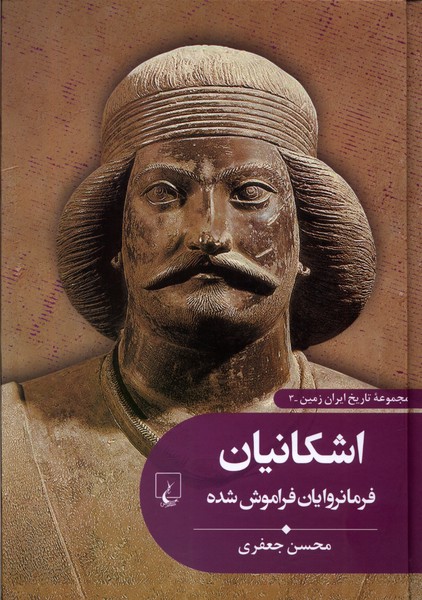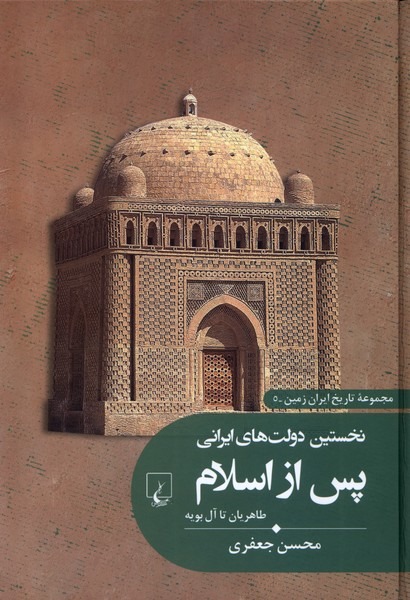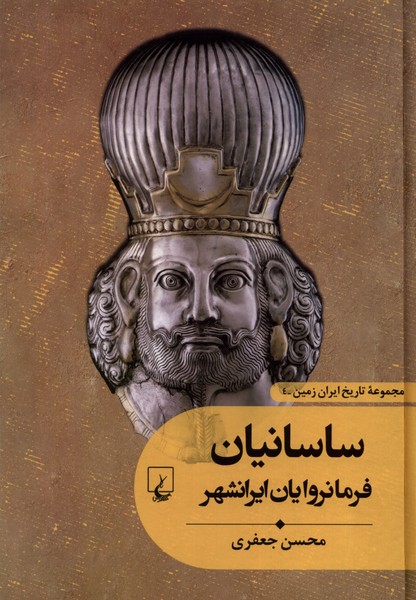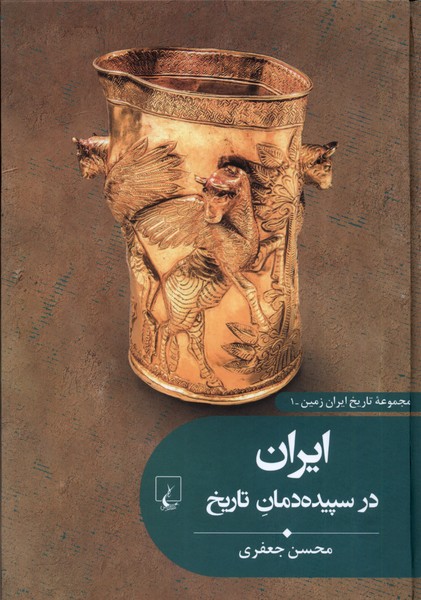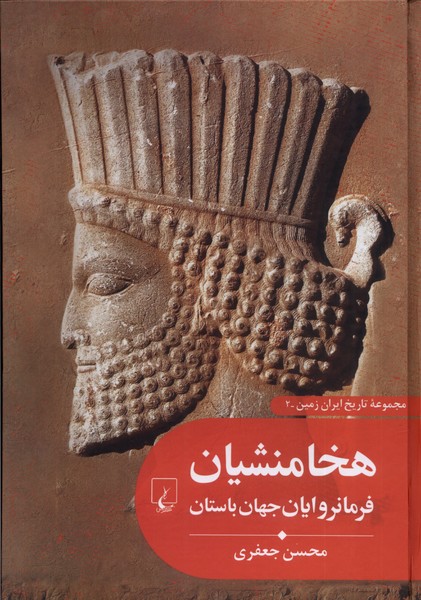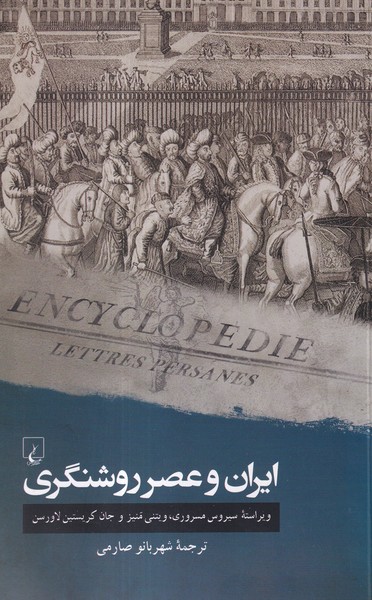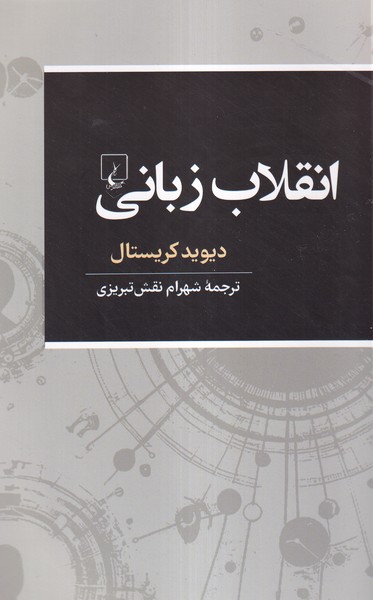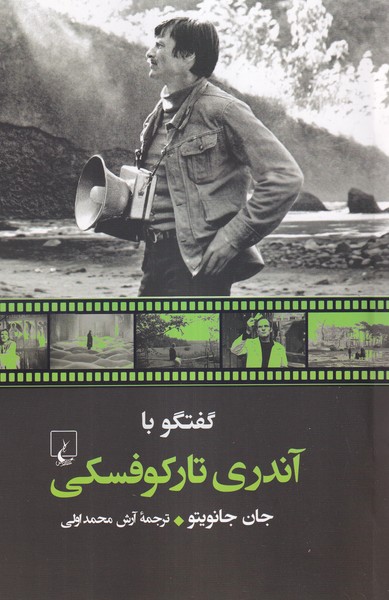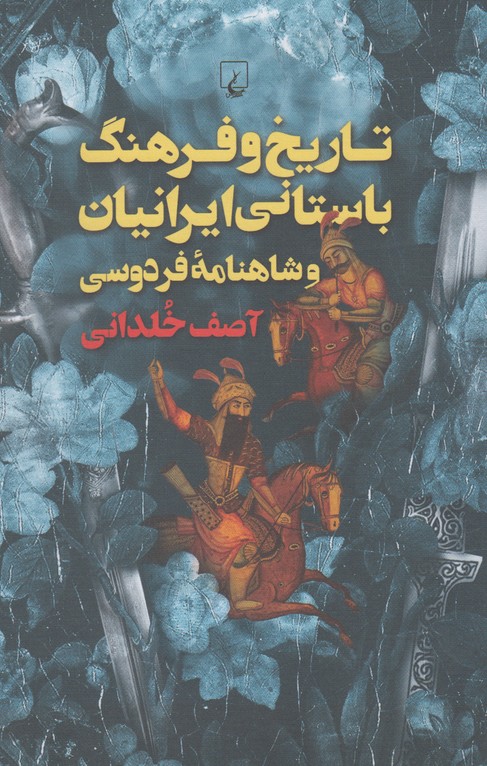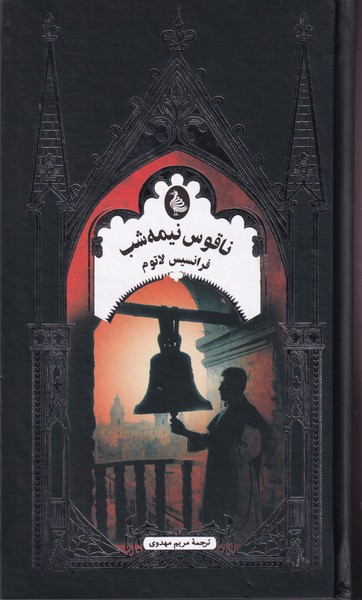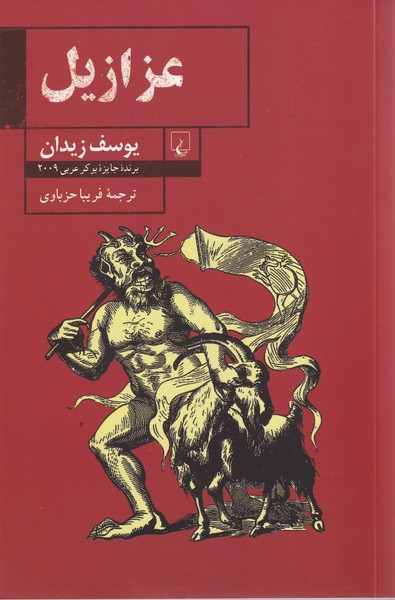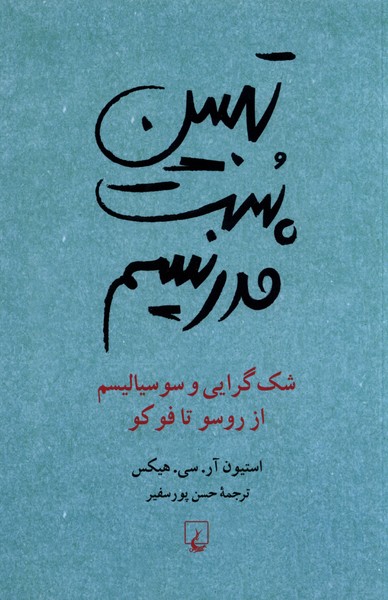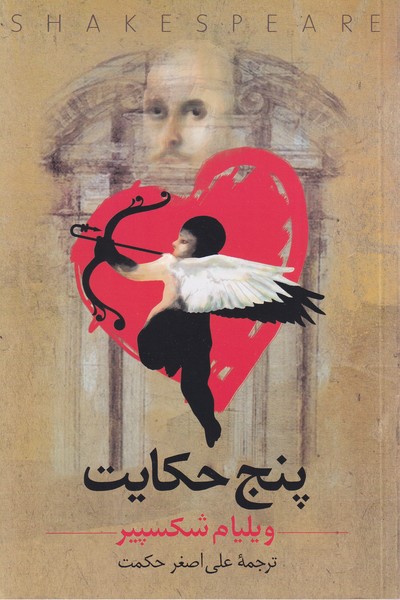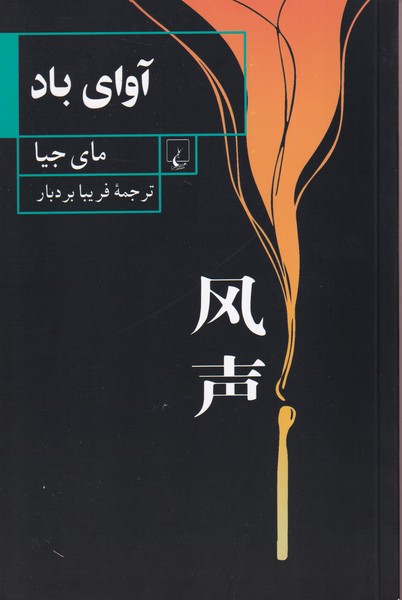Ashkānīyān: Farmānravāyān-i farāmūsh'shudah (Tārīkh-i Īrān zamīn 3): Persian 1402
اشکانیان: فرمانروایان فراموش شده (تاریخ ایران زمین 3)
23.84 $
Share
Wishlist
The Parthians (247 BC to 224 AD) are one of the amazing dynasties of Iranian history, because on the one hand, they are the longest-lasting dynasty in Iranian history with 471 years of reign, and on the other hand, we have few historical writings and archeological works from them. There are no historical books from the Parthian period left and only vague references to the Parthians have been made in Iranian sources, as Ferdowsi wrote beautifully: Because I have not heard of it except by name, nor have I seen it in Khosvan's letter, Greek and Roman historical sources also had a peripheral view of the Parthians and They have only written about them when there was a war between the Iranians and the Romans, so the periods of peace between the two governments have sunk into the darkness of history. In addition, it seems that the Parthians did not pay much attention to recording their history, because there are few stone inscriptions left from them, none of which provide important historical reports. In this situation, the only tools left for historians are the coins obtained from this period, so today we know several Parthian kings only from their coins. These limitations have caused that despite the passage of several centuries since the beginning of academic research and archaeological excavations, it is still an unattainable dream to write a continuous and accurate history of these "forgotten rulers". Despite all these shortcomings, today we know very well that the Parthians played a central role in guarding the culture and civilization of Iran. For nearly five centuries, they stood as an impenetrable barrier on the one hand against the Seleucid and Roman attacks on Iran, and on the other hand, they stopped the raids of the nomads in the northeast of Iran. In order to better understand this issue, it should be remembered that during the rule of the Parthians, the Seleucid kings attacked Iran three times and the Romans six times with large armies, but none of them could achieve anything and were forced to retreat defeated and humiliated (of course, in this There were also many small wars in which the Parthians won many of them. These victories were achieved at a time when the Romans had conquered all of Europe, North Africa, Anatolia, and Syria, and no power except the Parthians could stand against their expansionism. If the rule of the Greeks in Iran remained intact or the Romans occupied this land, perhaps the Iranian language, culture, and civilization would have disappeared forever and today there would be no trace of Iran and Iranians left, just as ancient and deep-rooted civilizations such as ancient Egypt under the pressure of Greek culture and Rumi passed away. Therefore, Iranians today owe their identity and culture to the brave Parthian archers. The third book of the "History of Iranland Collection" introduces the history, civilization, and culture of Iranland from the rise of the Achaemenids to the rise of the Sassanids. The main subject of this book is the Parthian dynasty and its historical ups and downs, and we have tried to show the dusty face of these "forgotten rulers" to the young Iranian generation, however, in the first chapters of this very short book, the Seleucids and the Iranian governments that emerged after the death of Alexander We have also introduced The global impact of Iranian civilization and culture is one of the topics that require more attention from Iranian researchers, and the author's greatest hope is that some of the readers of this book will do research in this field in the future. As we have written in the preface of the previous books, the most important goal of this collection is to acquaint the Iranian public with the history and ancient civilization of Iran, and it tries to be a bridge between non-academic enthusiasts and academic research books. In this book, we have pursued the same goal and tried to present to our dear readers a detailed and scientific report with fluent and non-specialist language about the Parthians, using the best and most up-to-date academic research, and for the more serious lovers of Iranian history, a door to more specialized works and Let's open the beautiful world of Iranology.
more
اشکانیان (۲۴۷ ق.م تا ۲۲۴ م) از دودمانهای شگفتآور تاریخ ایراناند، زیرا از یک سو با ۴۷۱ سال پادشاهی دیرپاترین دودمان تاریخ ایران هستند و از سوی دیگر نوشتههای تاریخی و آثار باستانشناسی اندکی از آنان در دست داریم. هیچ کتاب تاریخیای از دوره اشکانی بر جای نمانده است و در منابع ایرانی فقط اشاراتی مبهم به اشکانیان شده است، چنانکه فردوسی بهزیبایی سروده است: ازیرا جز از نام نشنیدهام نه در نامه خسروان دیدهام منابع تاریخی یونانی و رومی نیز نگاهی حاشیهای به اشکانیان داشتهاند و فقط هنگامی از آنان نوشتهاند که جنگی میان ایرانیان و رومیان رخ داده است، بنابراین دورههای صلح میان دو دولت در تاریکی تاریخ فرو رفته است. افزون بر این، چنین به نظر میرسد که اشکانیان نیز چندان به ثبت تاریخ خود توجهی نداشتهاند، زیرا سنگنوشتههای اندکی از آنان بر جای مانده است که هیچیک گزارش تاریخی مهمی ارائه نمیکنند. در این وضعیت یگانه ابزار باقیمانده برای تاریخپژوهان سکههای بهدستآمده از این دوره است، به گونهای که امروزه چندین پادشاه اشکانی را فقط از روی سکههایشان میشناسیم. این محدودیتها سبب شده که با وجود گذشت چند سده از آغاز پژوهشهای دانشگاهی و کاوشهای باستانشناسی، هنوز نوشتن تاریخی پیوسته و دقیق از این «فرمانروایان فراموششده» آرزویی دستنیافتنی باشد. با وجود همه این کمبودها، امروزه بهخوبی میدانیم که اشکانیان نقشی محوری در نگهبانی از فرهنگ و تمدن ایرانزمین داشتهاند. آنها نزدیک به پنج سده چونان سدی نفوذناپذیر از یک سو در برابر یورش سلوکیان و رومیان به ایرانزمین ایستادند و از سوی دیگر جلو تاختوتاز کوچنشینان در شمالشرق ایران را گرفتند. برای درک بهتر این موضوع باید به یاد داشت که در دوران فرمانروایی اشکانیان، شاهان سلوکی سه بار و رومیان شش بار با لشکرهای انبوه به ایرانزمین یورش آوردند، ولی هیچکدام نتوانستند کاری از پیش ببرند و شکستخورده و سرافکنده ناچار به عقبنشینی شدند (البته در این دوره جنگهای کوچک بسیاری نیز روی داد که اشکانیان در بسیاری از آنها پیروز شدند). این پیروزیها در زمانهای به دست آمد که رومیان سرتاسر اروپا، شمال آفریقا، آناتولی و سوریه را به تصرف درآورده بودند و هیچ قدرتی جز اشکانیان نتوانسته بود در برابر توسعهطلبی آنان ایستادگی کند. اگر فرمانروایی یونانیان در ایرانزمین پابرجا میماند یا رومیان این سرزمین را تصرف میکردند چهبسا زبان، فرهنگ و تمدن ایرانی برای همیشه از میان میرفت و امروز دیگر نشانی از ایران و ایرانی باقی نمیماند، چنانکه تمدن کهن و ریشهداری چون مصر باستان زیر فشار فرهنگ یونانی و رومی از میان رفت. بنابراین ایرانیان امروز هویت و فرهنگ خویش را به کمانداران دلیر اشکانی مدیوناند. سومین کتاب از «مجموعه تاریخ ایرانزمین» به معرفی تاریخ، تمدن و فرهنگ ایرانزمین از برافتادن هخامنشیان تا برآمدن ساسانیان میپردازد. موضوع اصلی این کتاب شاهنشاهی اشکانی و فراز و فرودهای تاریخی آن است و کوشیدهایم سیمای غبارآلود این «فرمانروایان فراموششده» را برای نسل جوان ایرانی نمایان کنیم، با این همه، در فصلهای نخستین این کتاب خیلی کوتاه سلوکیان و دولتهای ایرانی پدیدآمده پس از مرگ اسکندر را نیز معرفی کردهایم. تأثیر جهانی تمدن و فرهنگ ایرانی یکی از موضوعهایی است که نیازمند توجه بیشتر پژوهشگران ایرانی است و بزرگترین امید نگارنده آن است که در آینده کسانی از میان خوانندگان همین کتاب به پژوهش در این زمینه بپردازند. چنانکه در پیشگفتار کتابهای پیشین نوشتهایم، مهمترین هدف این مجموعه آشنا کردن عموم ایرانیان با تاریخ و تمدن کهن ایرانزمین است و میکوشد پلی باشد بین علاقهمندان غیردانشگاهی و کتابهای پژوهشی دانشگاهی. در این کتاب نیز همین هدف را پیگیری کردهایم و کوشیدهایم، با بهره بردن از بهترین و بهروزترین پژوهشهای دانشگاهی، گزارشی دقیق و علمی با زبانی روان و غیرتخصصی درباره اشکانیان به خوانندگان گرامی ارائه کنیم و برای دوستداران جدیتر تاریخ ایران دری به سوی آثار تخصصیتر و جهان زیبای ایرانشناسی بگشاییم.
more

